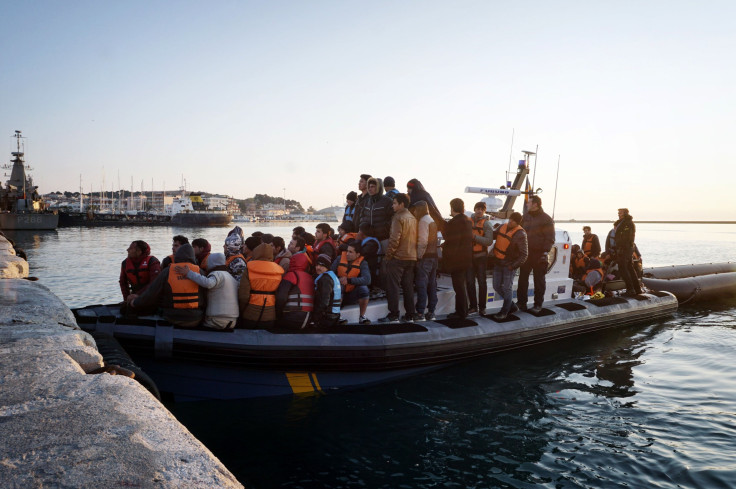Refugee Crisis 2016: Mediterranean Migrant Arrivals To Europe Surge As EU-Turkey Deal Returns Slow

More than 181,000 migrants and refugees have arrived in Europe this year via the Mediterranean Sea, and that number has been growing on a daily basis, according to statistics released Tuesday by the International Organization for Migration. The figure dwarfs that of the first four months of 2015 when 22,408 migrants and refugees arrived in Europe by sea.
Greece is statistically the preferred port of entry to Europe, with 153,491 migrants and refugees arriving there, followed by 25,894 arriving in Italy, 1,063 in Spain and just 28 in Cyprus. The number of migrants and refugees coming to Italy, Spain and Cyprus so far this year was less compared with the same time period a year prior.
The news comes as Greece is sending refugees to Turkey under a European Union-mandated agreement stipulating that any refugees arriving in Greece from Turkey after March 20 must return if they do not apply for asylum or if an application is denied. The agreement has come under scrutiny for not being as effective as planned, as evidenced by just 18 migrants being sent Tuesday from Greece back to Turkey. Fewer than 350 people have returned to Turkey since the agreement went into effect earlier this month, Reuters reported.
The height of Greece’s tourism season is approaching and the country’s officials have been pushing to expedite the removal of makeshift camps housing refugees and migrants, of which there are more than 5,000, the Guardian reported.
The Moria camp, which serves as a detention center on the Greek island of Lesbos, has been at the center of the issue. Pope Francis made an emotional visit this month and the reported deteriorating conditions there have made life more challenging for the detainees, especially children.
A riot broke out at Moria on Tuesday, with a freelance journalist there reporting that “many unaccompanied kids” were inside and allegedly faced beatings and tear gas from law enforcement.
Rioting at #Moria started with the many unaccompanied kids detained inside. Many reports of police beating, tear gas pic.twitter.com/Ooxm4kOA5X
— Andrew Connelly (@connellyandrew) April 26, 2016
So-called nonlethal crowd control techniques along the Greece-Macedonia border have also come under scrutiny.
© Copyright IBTimes 2024. All rights reserved.






















